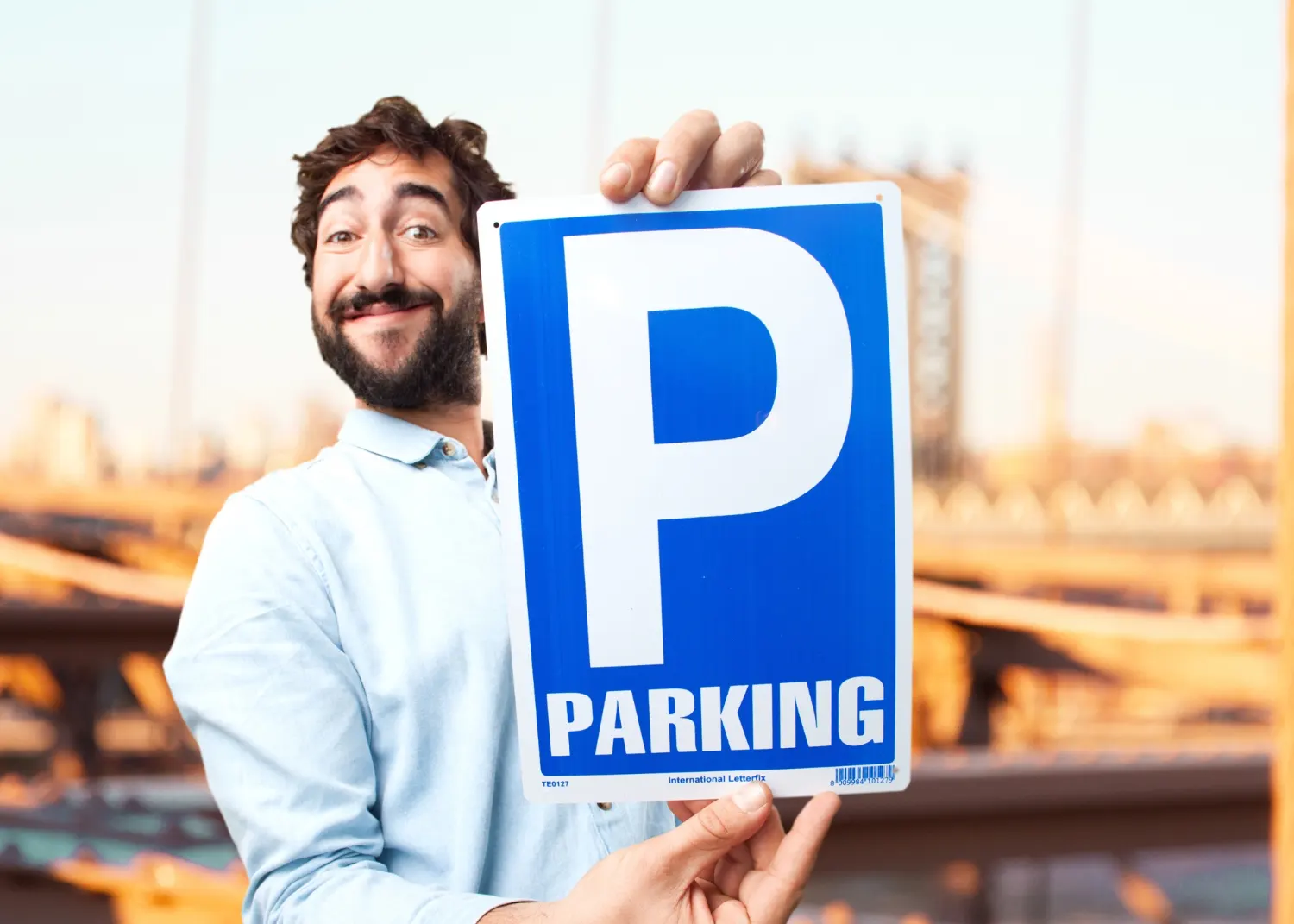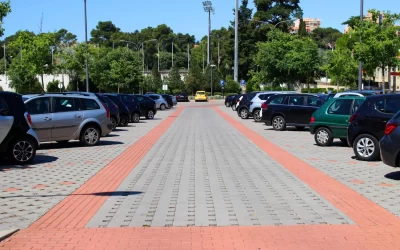For event planners, a seamless guest experience starts long before the first handshake or toast. It begins in the parking lot. Efficient parking management sets the tone for the entire event, reducing stress for guests, preventing logistical headaches, and enhancing your professional reputation. Whether it’s a corporate gala, outdoor music festival, intimate wedding, or high-profile VIP gathering, parking logistics are critical to overall event success.
Table of Contents
Understanding the Role of Parking in Event Success
Parking is more than just a logistical necessity. It’s a critical touchpoint that influences guest satisfaction, safety, and the overall impression of your event. Properly managed parking can:
- Enhance Guest Experience: A smooth parking process creates a positive first impression, reducing stress and setting a welcoming tone for the entire event. Poor parking experiences, on the other hand, can leave guests frustrated before they even step inside.
- Improve Traffic Flow: Thoughtful parking design and well-trained staff reduce congestion, prevent bottlenecks, and ensure timely arrivals. This is particularly important for time-sensitive events like corporate meetings or live performances.
- Boost Safety and Security: Proper lighting, clear signage, and strategic staff placement reduce the risk of accidents, vehicle damage, and theft. This not only protects guests but also minimizes your liability as the planner.
Assessing Venue Capabilities and Parking Capacity
Before planning the guest experience, you need a clear understanding of the venue’s physical parking capabilities. This assessment should include:
- Capacity Analysis: Determine the total number of spaces available, including nearby lots and potential overflow areas. For larger events, consider using satellite lots with shuttle services or temporary parking solutions like grass fields or gravel lots. It’s also wise to slightly overestimate guest count to account for unexpected arrivals.
- Surface Quality: Not all lots are created equal. Paved lots offer easy navigation and clear striping, but gravel or grass surfaces may require additional planning for rainy weather or soft ground. Ensure you have contingency plans for adverse conditions, like metal track mats or plywood pathways to prevent vehicles from getting stuck.
- Ingress and Egress Points: Identify all possible entrances and exits. Multiple access points can significantly reduce congestion, especially during peak arrival and departure times. Consider using separate entrances for staff, vendors, and VIPs to minimize delays.
- ADA Compliance: Make sure your parking plan includes sufficient accessible spaces, clear signage, and pathways that comply with the Americans with Disabilities Act (ADA). Accessible spaces should be close to the main entrance and have clear, obstacle-free paths to the venue.
Parking Strategies for Different Event Types
The needs of a corporate conference are vastly different from those of a music festival or wedding. Here’s a breakdown of specific strategies for various event types:
1. Corporate Events and Conferences
- Efficiency is Key: Corporate guests often arrive and depart at similar times, leading to peak traffic surges. Use directional signage and pre-event email communications to guide guests to the correct lot, reducing the risk of confusion. If using a parking garage, consider designated levels for specific groups, like speakers or VIPs.
- Professional First Impressions: For high-stakes events, valet services or premium parking can impress guests and reduce wait times. Use personalized parking passes or QR codes for quick check-in, ensuring a seamless experience for executives and keynote speakers.
- Security and Privacy: Corporate events often involve high-profile attendees who value privacy. Ensure your parking staff are trained to handle media presence and potential disruptions. If confidentiality is a concern, consider using separate, discreet entrances for executives.
2. Weddings and Private Parties
- Personal Touches: For weddings, the parking lot can set the emotional tone. Consider adding personalized welcome signs, floral accents, or even a small greeting area with refreshments for early arrivals. This creates a welcoming atmosphere before guests even step into the venue.
- Logistics for Family and VIPs: Family members and VIP guests often require special accommodations. Reserve spaces close to the entrance and provide a separate, marked area for the wedding party, photographers, and key family members to reduce pre-ceremony stress.
- Consider the Exit: Guests often linger at weddings, leading to a slow, staggered departure. Plan for this by having attendants guide cars out efficiently and consider providing lighting for evening exits to keep guests safe.
3. Outdoor Festivals and Concerts
- High Volume Management: Festivals can draw thousands of attendees, requiring extensive planning for entry and exit. Use traffic cones, barriers, and digital signs to direct cars efficiently and reduce chaos. Consider using multiple entrances to distribute traffic evenly.
- Shuttle Services: For remote venues or large outdoor spaces, shuttles can reduce the need for extensive on-site parking. This also reduces the environmental impact by limiting vehicle congestion near the main event area.
- Post-Event Egress: Festivals often have large crowds leaving simultaneously. Plan for this by designating separate exit routes and having staff actively guide cars to reduce bottlenecks. Consider using traffic control professionals for larger gatherings.
4. VIP and High-Profile Events
- Privacy and Security: VIP guests expect a higher level of service. Use private entrances, dedicated parking areas, and security staff to ensure privacy and quick access. For ultra-exclusive events, consider using tinted barricades or privacy screens to shield high-profile attendees.
- Personalized Services: For luxury events, consider offering personalized valet services, reserved spaces with nameplates, and white-glove treatment. These small touches create a sense of exclusivity and elevate the overall guest experience.
- Media Management: High-profile events often attract media attention. Use separate entrances for press to reduce guest interference and ensure smooth, distraction-free arrivals for your VIPs.
Leveraging Technology for Smarter Parking
Modern technology can significantly enhance your parking operations, making them more efficient and guest-friendly:
- Pre-Event Reservations: Use platforms like SpotHero or Eventbrite to allow guests to reserve and pay for parking in advance. This reduces on-site congestion and eliminates payment delays.
- Real-Time Occupancy Tracking: Use sensors or license plate recognition systems to track lot capacity in real time, ensuring staff can direct cars efficiently and avoid overflows.
- Mobile Check-In: For premium events, consider using mobile apps that allow guests to check in via QR codes, streamlining the arrival process and reducing the need for paper tickets.
- Digital Wayfinding: Use GPS-enabled apps or digital signs to guide guests to available spaces, reducing the stress of searching for a spot.
Effective parking management is a critical, yet often overlooked, aspect of event planning. By understanding the unique needs of each event type and leveraging the right technology, you can create a seamless, stress-free parking experience that enhances overall guest satisfaction and sets your events apart.




0 Comments